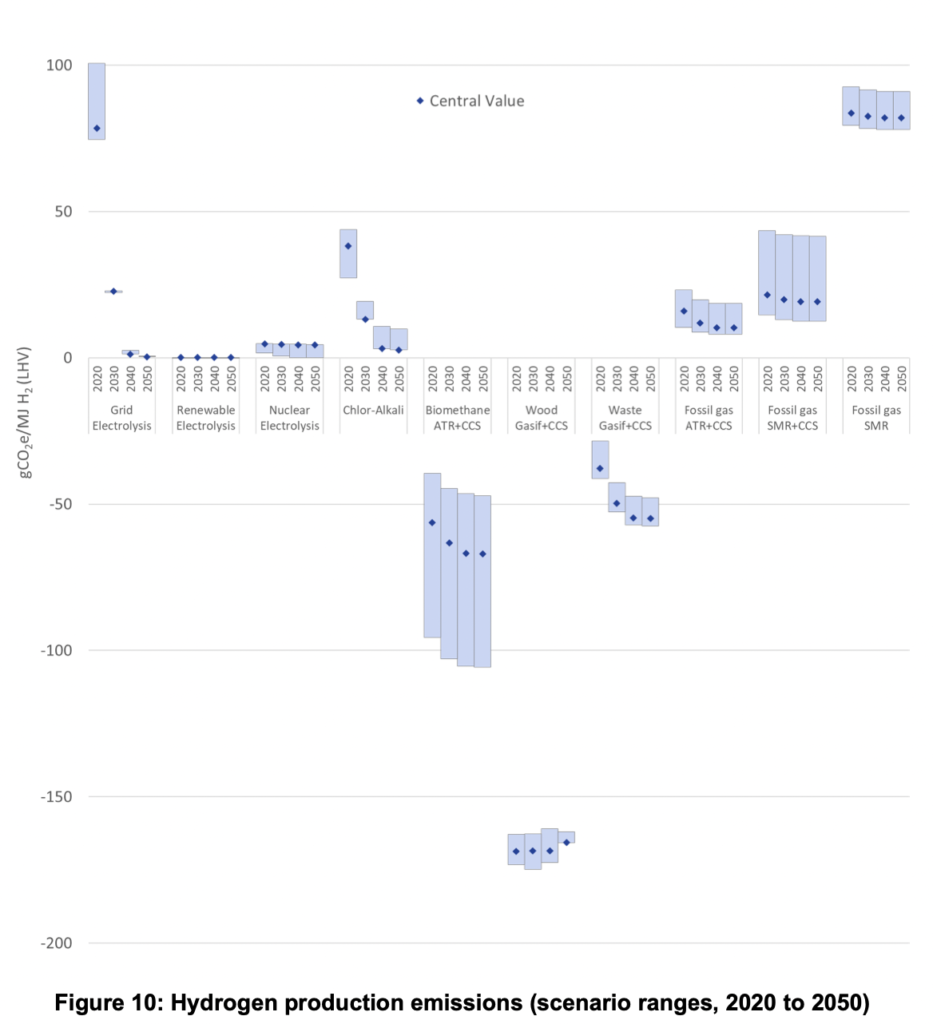UK publishes national Hydrogen Strategy
By Julian Atchison on September 01, 2021

The UK government has launched its vision for a society-wide hydrogen economy, with the first phase to entail 5 GW of low-carbon hydrogen production by 2030. Official analysis indicates hydrogen and derivatives could meet 20-35% of the UK’s energy demand by 2050 (in particular heavy industry, heavy transport and heating applications).
The role of ammonia
Of huge interest to our readers here at Ammonia Energy are the explicit references in the report to the important future role of ammonia as: i) a maritime fuel, ii) a peaking power fuel for gas turbines, and iii) an export vector.
From the mid-2020s, as demand for flexible power generation increases, we expect hydrogen blends to be the primary use of hydrogen in the power sector, shifting to the first 100 per cent hydrogen turbines later in the decade. At smaller scales, we could see hydrogen fuel cells playing a role, replacing high carbon alternatives such as diesel generators to provide flexibility and backup generation for off grid locations and in cities, building on limited deployment to date. From 2030, we expect that low carbon hydrogen, and potentially ammonia (subject to meeting air quality and emissions standards), will play an increasing role in providing peaking capacity and ensuring security of supply.
UK Hydrogen Strategy final report, August 2021
UK standards for low-carbon hydrogen?

In May this year the UK Department for Business, Energy and Industrial Strategy released a report into options for certifying low and zero-carbon hydrogen. Although the report ultimately concluded significant stakeholder engagement is still required, it demonstrates that zero and negative-carbon production pathways are available right away to replace SMR processes in the UK. The pathways chosen for low-carbon hydrogen production were also significant, indicating that there are two focus areas for the UK going forward: electrolysis and CCS. The different production pathways were not costed in the report.